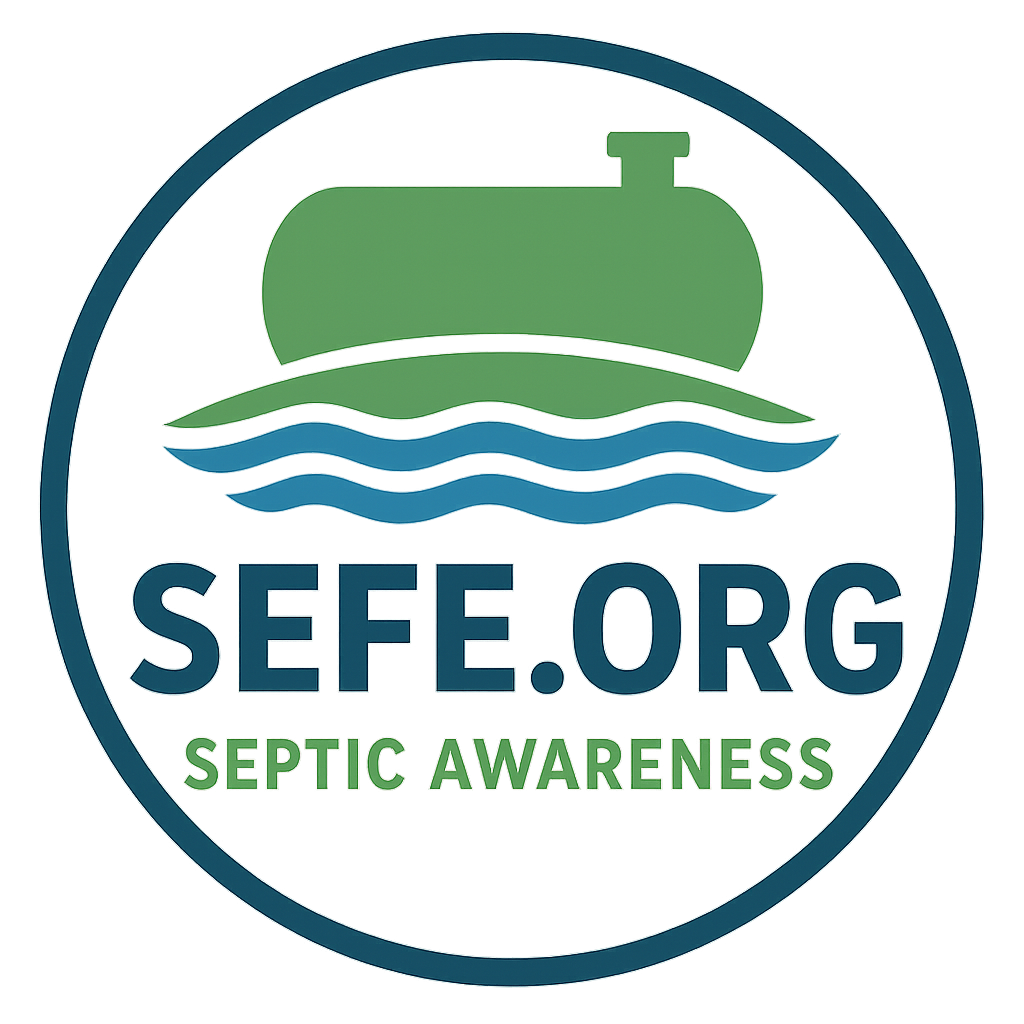Septic Tank Basics
What’s a Septic Tank, Anyway?
Think of your septic tank as the VIP lounge for your sewage—it’s the first stop in your underground waste treatment system. Without it, untreated sewage would flood your soil, clogging it up and stopping nature’s purification process in its tracks.
Three Jobs Your Septic Tank Handles Like a Pro:
Solid Separation: As wastewater flows in, the tank slows it down, letting the heavy solids sink to the bottom and lighter stuff like grease, soap, and tiny particles float to the top. Meanwhile, the mostly-clean liquid in the middle exits the tank, ready for the next stage.
Bacteria at Work: Inside, anaerobic bacteria (the oxygen-hating kind) munch away at the solids. This natural breakdown under “septic” conditions is exactly why your tank has its… distinctive aroma.
Sludge & Scum Storage: Solids at the bottom form sludge, and floating gunk forms scum. Your tank needs room to hold this stuff until it’s pumped out, or else your leach field could get clogged.
The Grand Finale: Disposal
Once your septic tank has done its magic, the treated liquid—called effluent—flows into the leach field. Here, it seeps through layers of gravel or “septic stone” and finally into the soil, where nature gives it a final polish.
Chemical Additives: Miracle Fix or Myth?
There’s a whole market of septic system additives claiming to boost performance. Most are just tiny doses of bacteria already living in your tank. Science hasn’t shown that they really do much. They won’t hurt your system, but they won’t replace routine maintenance or pumping.
